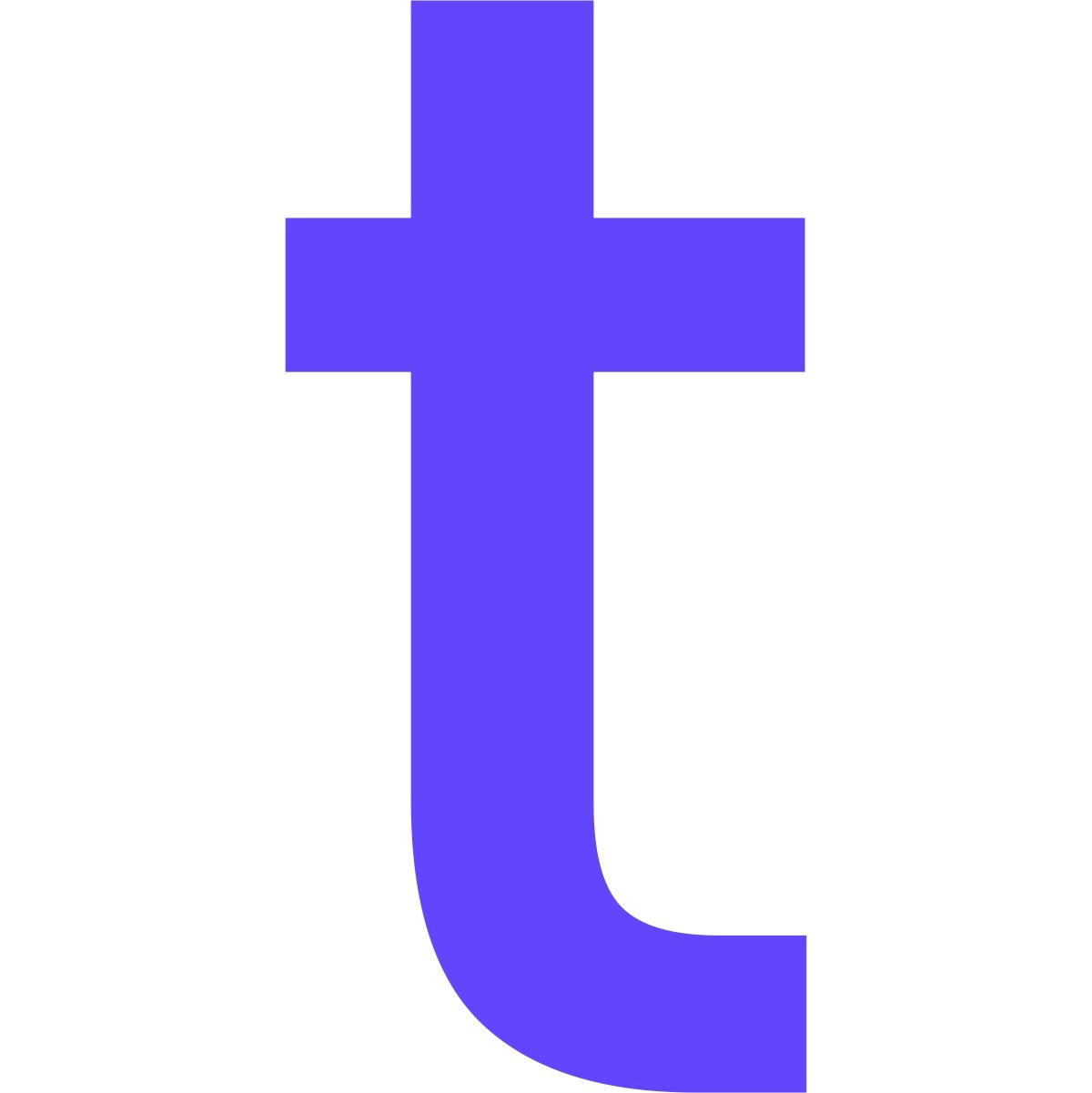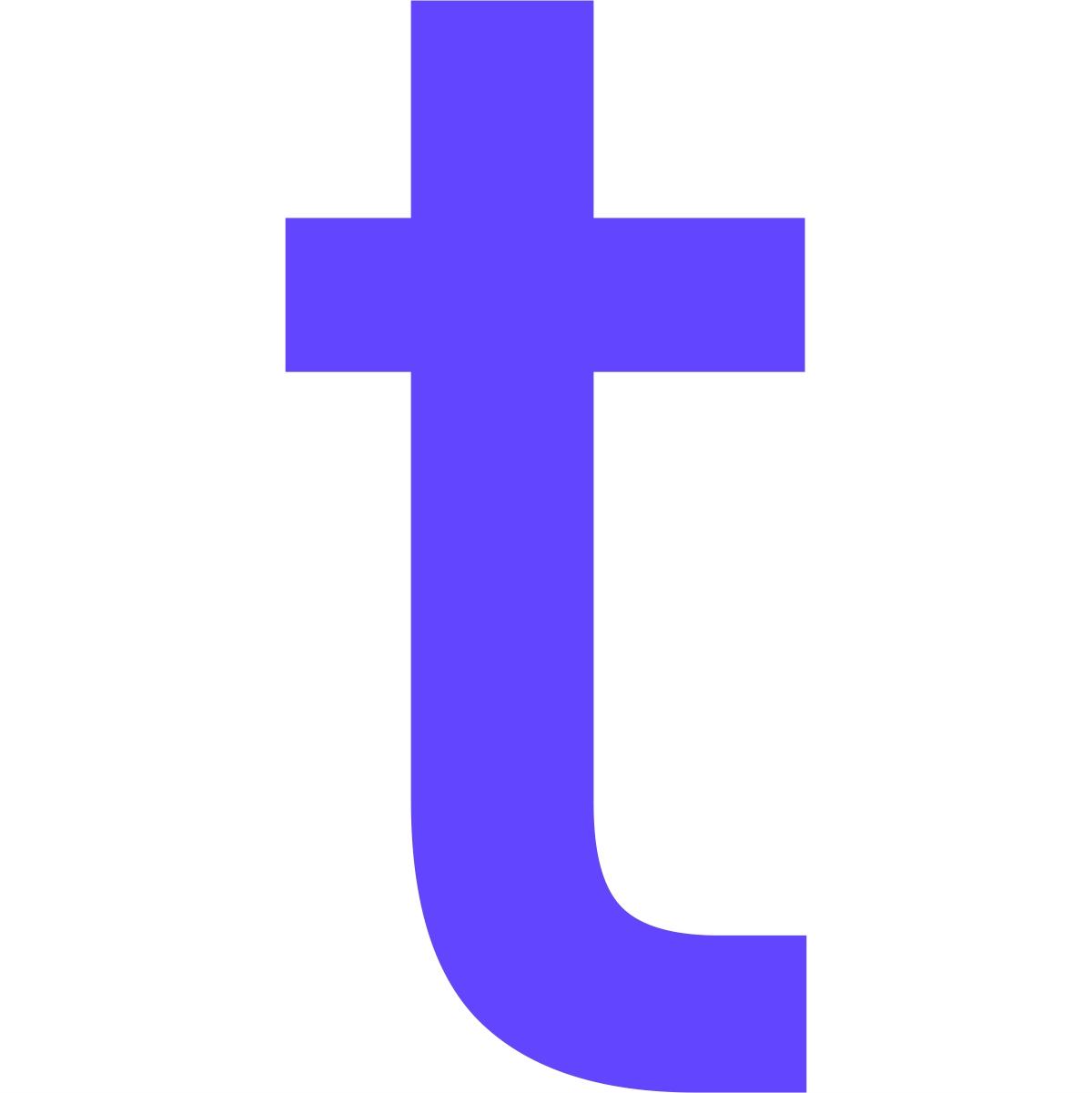The Power of Gantt Charts in Project Management

A Gantt chart is one of the most powerful tools in project management. It offers a visual representation of a project schedule, showcasing the tasks, timelines, and progress all in one place. By using a Gantt chart, project managers and teams can effectively plan, track, and adjust their projects, ensuring that everything stays on schedule and within scope.
In this article, we will explore what a Gantt chart is, how it works, and how it can help improve your project management process.
What is a Gantt Chart?
A Gantt chart is a bar chart that visually represents the timeline of a project, including:
- Tasks or activities listed on the vertical axis.
- Time intervals (days, weeks, months) displayed on the horizontal axis.
- Bars representing the duration of each task.
- Task dependencies which show which tasks need to be completed before others can start.
The simplicity and visual nature of Gantt charts make them a preferred choice for managing projects of all sizes and complexities.
Why Use Gantt Charts?
Gantt charts are essential for several reasons:
1. Visual Project Timeline
A Gantt chart provides a clear and concise visual representation of a project’s schedule. Project managers can instantly see what tasks need to be completed and when they should be done. This visual format makes it easy for teams to grasp complex schedules quickly.
2. Task Dependencies
Gantt charts help identify task dependencies, or the relationship between tasks. It shows which tasks must be completed before others can begin, ensuring proper sequencing and avoiding delays caused by overlooked dependencies.
3. Resource Allocation
A Gantt chart allows project managers to allocate resources (team members, equipment, budget) and see if any tasks are over-resourced or under-resourced. This helps optimize resource usage and prevent bottlenecks.
4. Monitoring Progress
Gantt charts provide an easy way to track the progress of individual tasks and the entire project. As work is completed, the bars on the chart can be filled in, giving an immediate visual indication of how much work has been completed and how much remains.
5. Communication Tool
Gantt charts help improve communication among project stakeholders. They can be easily shared with team members, clients, and other stakeholders to keep everyone updated on the project’s status and timelines.
How Does a Gantt Chart Work?
A typical Gantt chart includes the following components:
1. Tasks/Activities
Each task in the project is listed along the left side of the chart. These tasks represent the work that needs to be done to achieve the project’s objectives. Tasks can be broken down into smaller subtasks if necessary.
2. Time Periods
The horizontal axis displays the timeline, which can be broken down into days, weeks, or months, depending on the project’s duration. Each task is scheduled to start and finish within specific time intervals.
3. Bars Representing Duration
Bars are drawn horizontally next to each task, with the length of the bar representing the duration of that task. A longer bar indicates a longer task duration, while a shorter bar indicates a quicker task.
4. Dependencies
Gantt charts display dependencies between tasks with arrows. If Task B depends on Task A, the chart will show an arrow from Task A to Task B. This helps visualize the flow of work and identify potential scheduling conflicts.
Benefits of Using Gantt Charts
1. Clear and Organized Project Overview
Gantt charts provide a bird’s-eye view of a project, allowing everyone involved to see the entire timeline, the relationships between tasks, and the progress being made. This clarity improves overall organization.
2. Improved Time Management
By outlining task deadlines and dependencies, Gantt charts help project managers allocate time more effectively. This improves project scheduling, ensuring deadlines are met and the project stays on track.
3. Efficient Resource Management
With Gantt charts, project managers can identify resource bottlenecks and optimize their usage. This prevents resource overload and helps manage team member workloads more effectively.
4. Identifying Potential Delays Early
Since Gantt charts highlight task dependencies and progress, they allow project managers to spot potential delays early. This enables proactive problem-solving to keep the project moving forward smoothly.
5. Stakeholder Engagement
Gantt charts provide transparency for stakeholders. By sharing a Gantt chart, project managers ensure that clients, team members, and other stakeholders are always informed about the project’s progress.
How Celoxis Uses Gantt Charts for Project Management
Celoxis is an advanced project management software that incorporates Gantt charts as a central feature. Celoxis Gantt charts allow users to:
- Create dynamic Gantt charts by simply entering tasks and setting dependencies.
- Track project timelines and milestones with color-coded bars and timelines.
- Manage resources by assigning team members and tracking their availability.
- Update progress in real-time, with automatic updates on task status.
- Visualize project dependencies, ensuring that tasks are performed in the correct order.
Celoxis’ Gantt chart feature is fully integrated with other project management tools, making it easier for project managers to stay on top of tasks, resources, and timelines.
Conclusion
A Gantt chart is an indispensable tool for successful project management. It simplifies complex timelines, enhances collaboration, and helps keep projects on track. Whether you're managing a small project or overseeing a complex initiative, a Gantt chart helps ensure that all tasks are completed on time and within scope.
With Celoxis, you can harness the power of Gantt charts to plan, execute, and track your projects with ease.
- Art
- Causes
- Crafts
- Dance
- Drinks
- Film
- Fitness
- Food
- Games
- Gardening
- Health
- Home
- Literature
- Music
- Networking
- Other
- Party
- Religion
- Shopping
- Sports
- Theater
- Wellness


